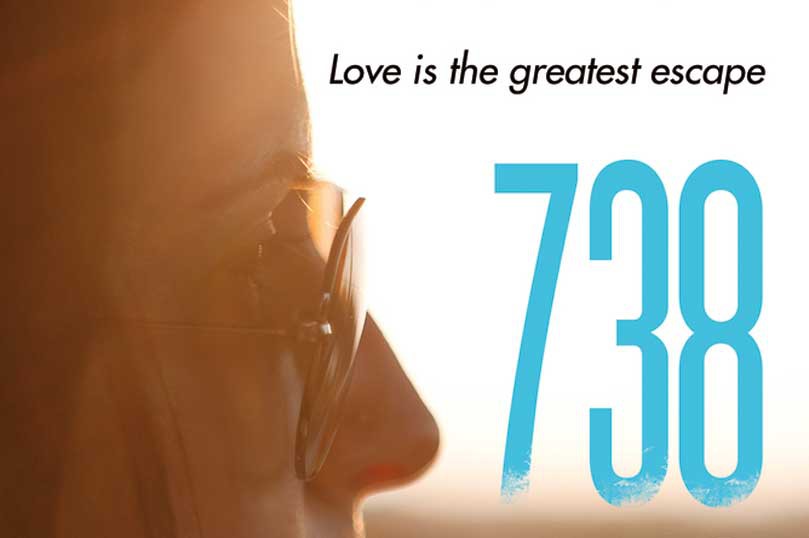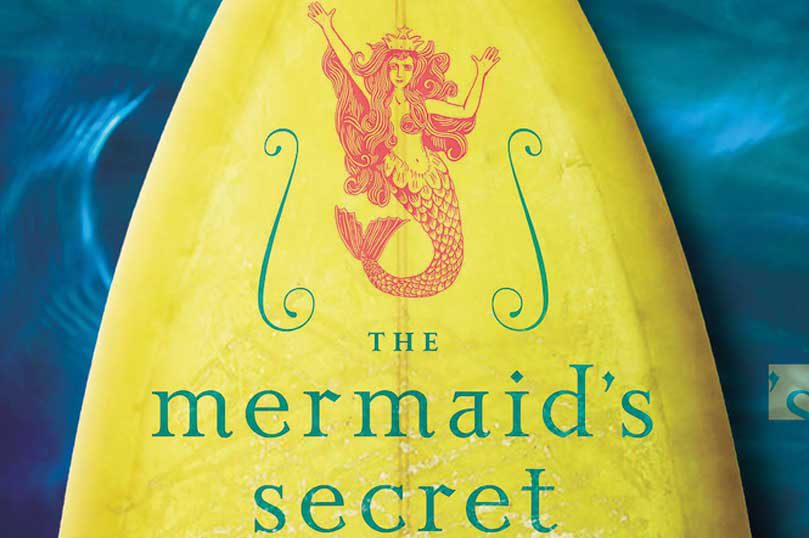
The Conflict Between Public and Private
738 Days author Stacy Kade on the conflict between public and private identities.

738 Days author Stacy Kade on the conflict between public and private identities.

Author Katie Schickel talks about mermaids, scuba diving, & writing The Mermaid’s Secret.